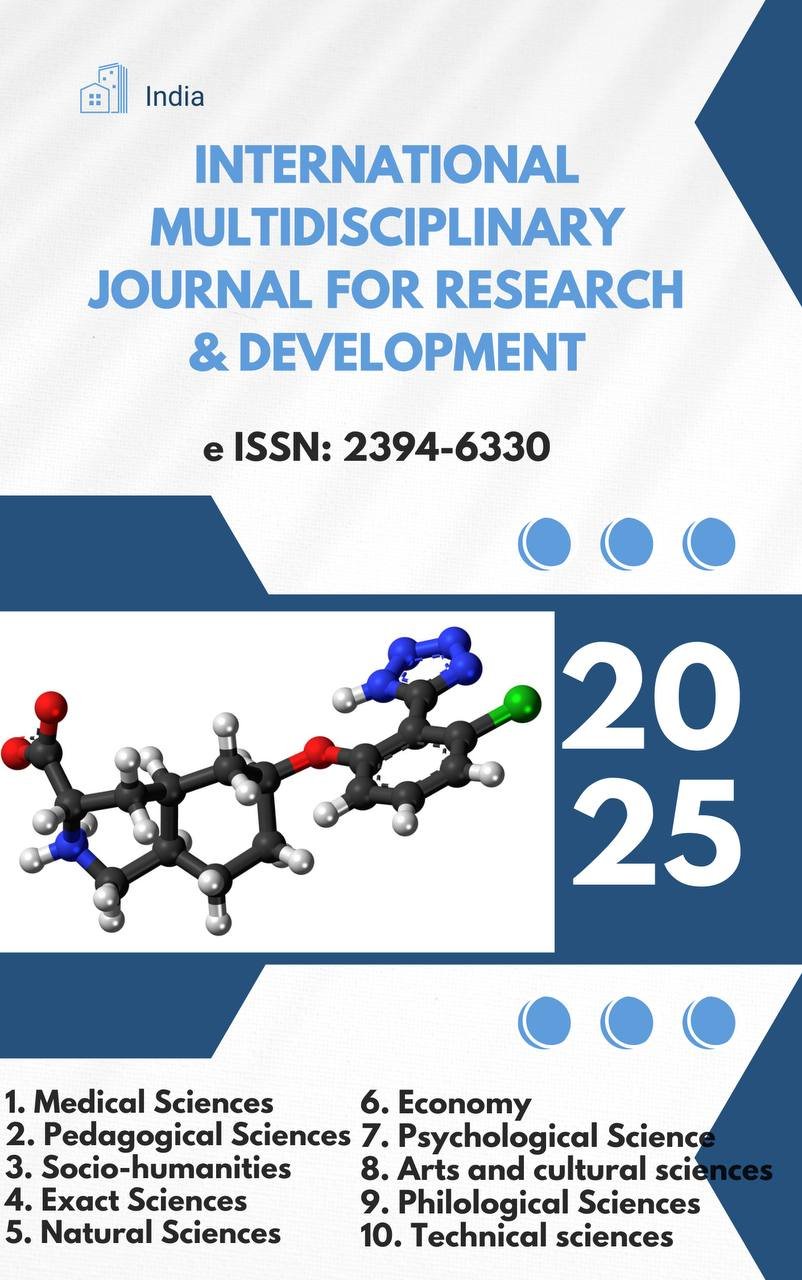SUPPORTING CRITICAL THINKING IN EFL LEARNERS THROUGH INTERACTIVE DISCUSSIONS POWERED BY ARTIFICIAL INTELLIGENCE

Abstract
The integration of artificial intelligence (AI) into English as a Foreign Language (EFL) classrooms offers new opportunities to enhance learners’ critical thinking skills. This article explores how AI-powered interactive discussion tools, such as chatbots and dialogue systems, can support the development of analytical reasoning among EFL students. The study highlights the effectiveness of these technologies in promoting deeper engagement, structured argumentation, and learner autonomy. Drawing on qualitative data from case studies, teacher interviews, and recent literature, the article concludes that AI can serve as a pedagogically sound assistant in language learning when used responsibly and in combination with human facilitation.
Keywords
The integration of artificial intelligence (AI) into English as a Foreign Language (EFL) classrooms offers new opportunities to enhance learners’ critical thinking skills. This article explores how AI-powered interactive discussion tools, such as chatbots and dialogue systems, can support the development of analytical reasoning among EFL students. The study highlights the effectiveness of these technologies in promoting deeper engagement, structured argumentation, and learner autonomy. Drawing on qualitative data from case studies, teacher interviews, and recent literature, the article concludes that AI can serve as a pedagogically sound assistant in language learning when used responsibly and in combination with human facilitation.
References
- Anderson, L. W., & Krathwohl, D. R. (2001). A taxonomy for learning, teaching, and assessing: A revision of Bloom’s taxonomy of educational objectives. Longman.
- Azizov, O. M. (2018). Til o‘rganishda zamonaviy yondashuvlar [Modern approaches in language learning]. Tashkent: O‘zbekiston Milliy Universiteti. (Translated title)
- Bahodirov, S. R. (2020). Interfaol metodlar orqali tanqidiy fikrlashni rivojlantirish [Developing critical thinking through interactive methods]. Tashkent: Fan. (Translated title)
- Godwin-Jones, R. (2022). AI and language learning: Tools for engagement, feedback, and personalization. Language Learning & Technology, 26(2), 1–14.
- Kukulska-Hulme, A. (2020). Mobile and intelligent technologies for language learning. ReCALL, 32(2), 162–178. https://doi.org/10.1017/S0958344020000011
- Li, X., & Zhang, Y. (2021). Artificial intelligence in EFL classrooms: Enhancing critical thinking and autonomy. Computer Assisted Language Learning, 34(7), 761–779.
- Norton, B., & Toohey, K. (2011). Identity, language learning, and social change. Language Teaching, 44(4), 412–446.
- Salomov, N. (2017). Xorijiy tillarni o‘qitishda interfaol yondashuvlar [Interactive approaches in foreign language teaching]. Samarkand: SamDU